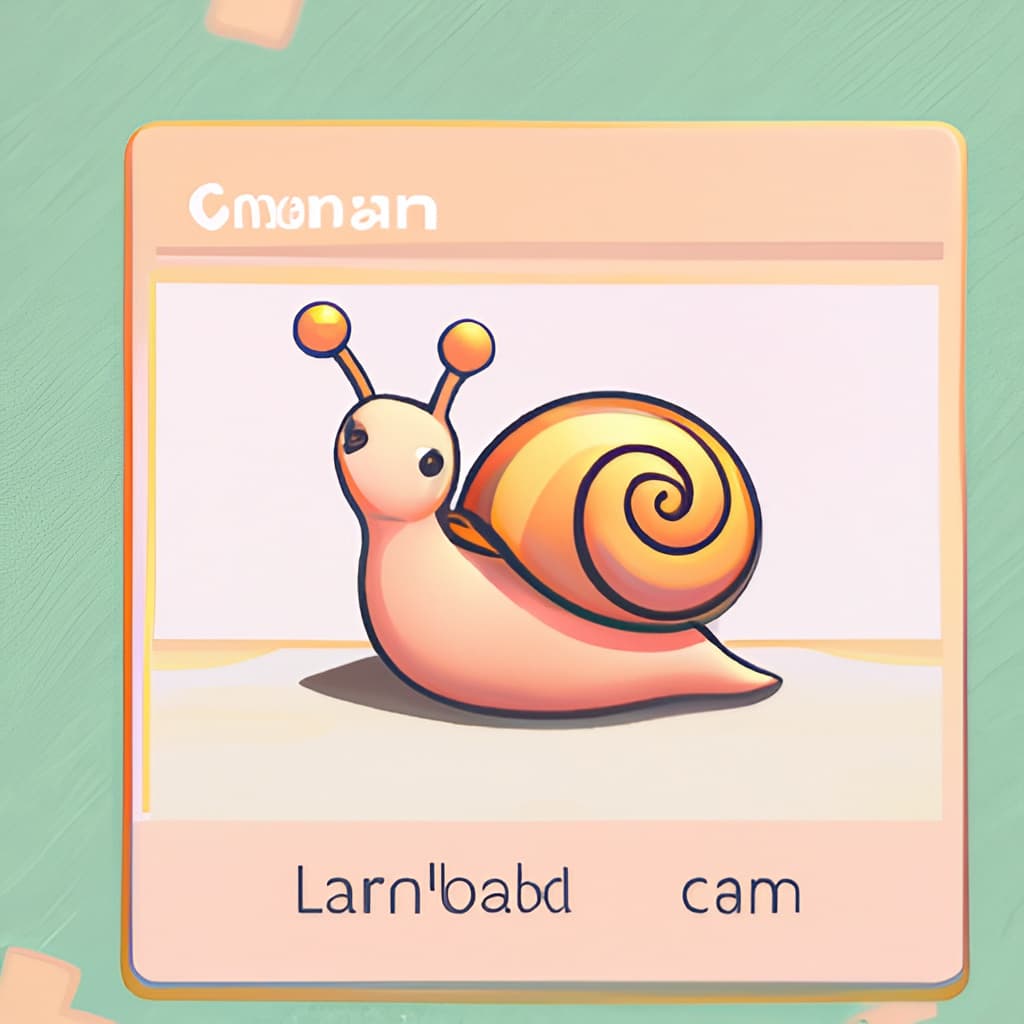The problem today is a level 4 Kyu problem according to the CodeWars scale. It is a matrix problem in JavaScript. Or to put it another way, it is a problem of spatial sorting in a two-dimensional array. But let’s start with the text of the problem.
The Problem: Snail Sort
link to the kata

Given an n x n array, return the array elements arranged from outermost elements to the middle element, traveling clockwise.
array = [[1,2,3],
[4,5,6],
[7,8,9]]
snail(array) #=> [1,2,3,6,9,8,7,4,5]
For better understanding, please follow the numbers of the next array consecutively:
array = [[1,2,3],
[8,9,4],
[7,6,5]]
snail(array) #=> [1,2,3,4,5,6,7,8,9]
This image will illustrate things more clearly:

NOTE: The idea is not sort the elements from the lowest value to the highest; the idea is to traverse the 2-d array in a clockwise snailshell pattern.
NOTE 2: The 0x0 (empty matrix) is represented as en empty array inside an array [[]].
The Solutions

The interesting thing about this problem is that we can solve it in several ways. We can imagine a cursor following the path of a spiral, and each time we move it, we remove the element that is in the current position. This solution is quite intuitive and conceptually simple. We can extend this solution to solve the problem more efficiently. Instead of removing one element at a time, we can remove the entire side. To do this, we can once again imagine moving a cursor following the path of a spiral, but this time instead of removing the element that is in the current position, we remove the entire side. Or we can rotate the matrix itself so that the first element of the first row is obtained, and then continue rotating the matrix until no element remains.
The two solutions are these. The “cursor” one:
const snail = (arr) =>
[...Array(arr.length)].reduce(
(pre) => (
pre.push(...arr.shift(), ...arr.map((val) => val.pop())),
arr.reverse().map((val) => val.reverse()),
pre
),
[]
);
And this is the solution that rotates the matrix:
const rotate = (arr) =>
arr.length ? arr[0].map((_, i) => arr.map((_, j) => arr[j][i])) : [];
const snail = (arr) =>
arr.length ? [...arr[0], ...snail(rotate(arr.slice(1)).reverse())] : [];
My Solution

But obviously the solution does not appear magically. And, to be completely honest, my first solution was less elegant. However, CodeWars allows you to compare your solution with the solutions of others. But let’s see my original idea, and the steps I followed.
First, I set a variable result where to add the various numbers as I go. I initialize it to an empty array.
let result = [];
Then I need a loop that allows me to repeat the operation until the matrix is empty. To do this, I use a while loop that repeats as long as the length of the matrix is greater than zero.
while (arr.length > 0) {
// ...
}
Inside the loop, I need to perform several operations:
- Remove the first element of the matrix and add it to the
resultvariable - Remove the last element of each row of the matrix and add it to the
resultvariable - Remove the last element of the matrix and add it to the
resultvariable - Remove the first element of each row of the matrix and add it to the
resultvariable
Obviously, I also have to delete the various elements at the same time. To do this, I use the shift and pop methods of JavaScript. Both methods modify the original array, the first extracting the first element, the second the last.
I translate the various steps into code. To get the first element I use this code:
result = [...result, ...arr.shift()];
To get the last element of each row I use this code:
for (let i = 0; i < arr.length; i++) {
const x = arr[i].pop();
result = [...result, x];
}
To get the last row of the matrix, I just use the pop method:
const last = arr.length > 0 ? arr.pop() : [];
But since the order of the individual elements of the last row must be reversed, I use the reverse method:
const revertedLast = arr.length > 0 ? arr.pop().reverse() : [];
Finally, to get the first element of each row, I use the shift method again:
for (let i = arr.length - 1; i >= 0; i--) {
const x = arr[i].shift();
result = [...result, x];
}
Putting all the steps together I get my original solution:
const snail = (arr) => {
let result = [];
while (arr.length > 0) {
result = [...result, ...arr.shift()];
for (let i = 0; i < arr.length; i++) {
const x = arr[i].pop();
result = [...result, x];
}
const revertedLast = arr.length > 0 ? arr.pop().reverse() : [];
result = [...result, ...revertedLast];
for (let i = arr.length - 1; i >= 0; i--) {
const x = arr[i].shift();
result = [...result, x];
}
}
return result;
};
Refactoring

My solution is not very elegant, I can try to simplify it by eliminating the assignments to the result variable.
const snail = (arr) => {
let result = [];
while (arr.length > 0) {
result.push(...arr.shift());
for (let i = 0; i < arr.length; i++) {
result.push(arr[i].pop());
}
if (arr.length > 0) {
result.push(...arr.pop().reverse());
}
for (let i = arr.length - 1; i >= 0; i--) {
result.push(arr[i].shift());
}
}
return result;
};
I can rewrite the first for loop more concisely using the map method of JavaScript:
// for (let i = 0; i < arr.length; i++) {
// result.push(arr[i].pop());
// }
result.push(...arr.map((row) => row.pop()).filter(Boolean));
I can also modify the second for loop in the same way:
// for (let i = arr.length - 1; i >= 0; i--) {
// result.push(arr[i].shift());
// }
result.push(
...arr
.reverse()
.map((row) => row.shift())
.filter(Boolean)
);
arr.reverse();
However, I must remember to reverse the matrix again before starting the while loop again.
The function becomes this:
const snail = (arr) => {
let result = [];
while (arr.length > 0) {
result.push(...arr.shift());
result.push(...arr.map((row) => row.pop()).filter(Boolean));
if (arr.length === 0) break;
result.push(...arr.pop().reverse());
result.push(
...arr
.reverse()
.map((row) => row.shift())
.filter(Boolean)
);
arr.reverse();
}
return result;
};
Another solution

Here my abilities stop. To improve my solution, I had to study the solution of others. Here is the solution I found:
const snail = (arr) =>
[...Array(arr.length)].reduce(
(pre) => (
pre.push(...arr.shift(), ...arr.map((val) => val.pop())),
arr.reverse().map((val) => val.reverse()),
pre
),
[]
);
The function uses the Array.reduce() method with an empty array as the initial value to build up the result array pre containing the elements in snail order.
The spread operator (...) is used to add the elements of arr to the result array pre in the desired order.
The Array(arr.length) expression creates an array of the same length as arr filled with undefined elements. The spread operator (...) is used to spread the elements of this array into the reduce method’s callback function as individual arguments.
The callback function starts by using the Array.shift() method to remove the first element of arr (which is the first row of the 2D array) and adding it to the result array pre using the spread operator (...).
Next, the callback function uses the Array.map() method to iterate through arr and remove the last element of each inner array (using the Array.pop() method) and add it to the result array pre using the spread operator (...).
After that, the callback function uses the Array.reverse() method to reverse the order of the inner arrays in arr, and then uses the Array.map() method to reverse the order of the elements in each inner array.
Finally, the callback function returns the result array pre.
The reduce method then repeats this process until it has iterated through all the elements of arr, at which point it returns the result array pre containing the elements of arr in snail order.
And with that, I am finished for now.



